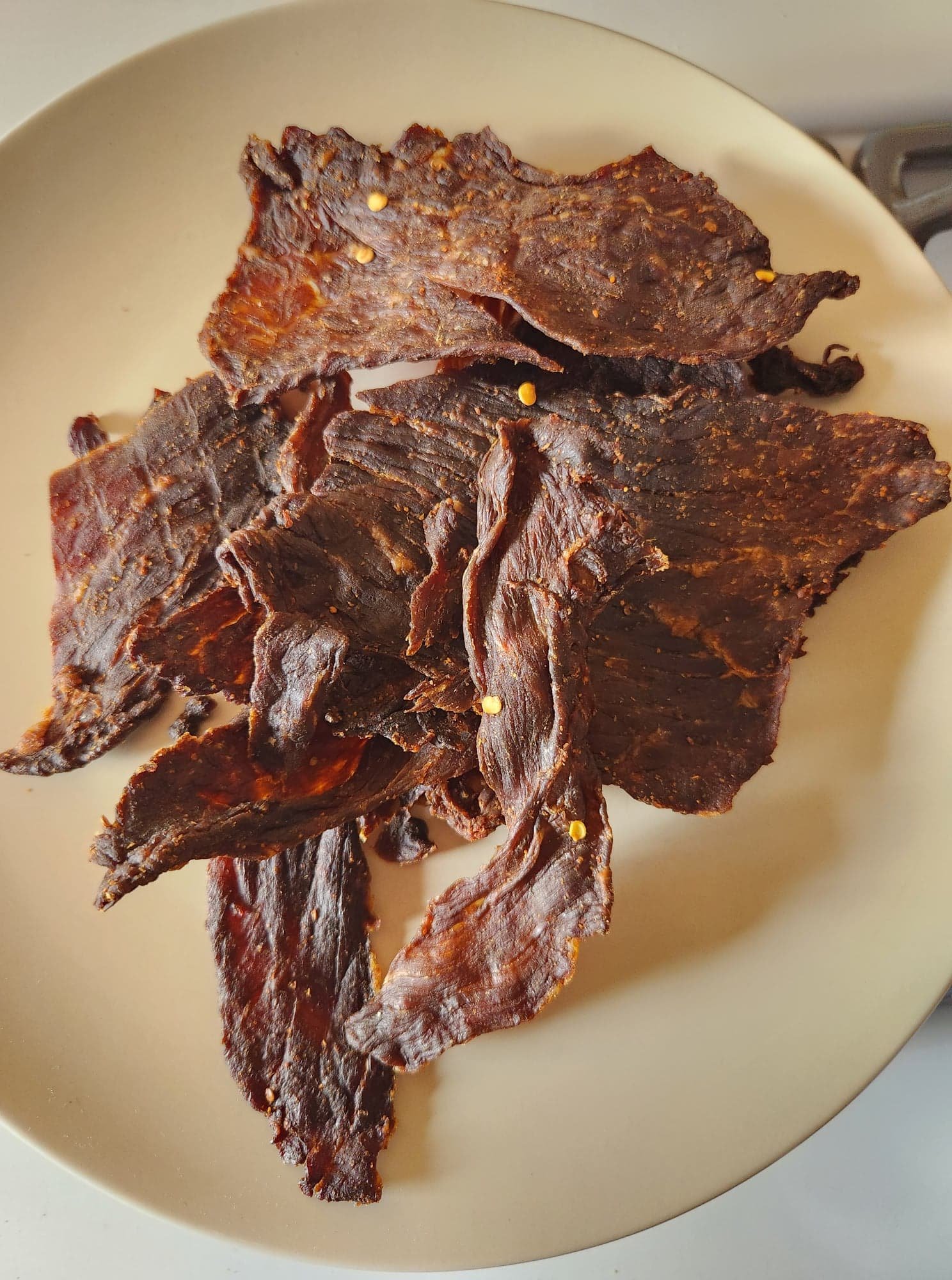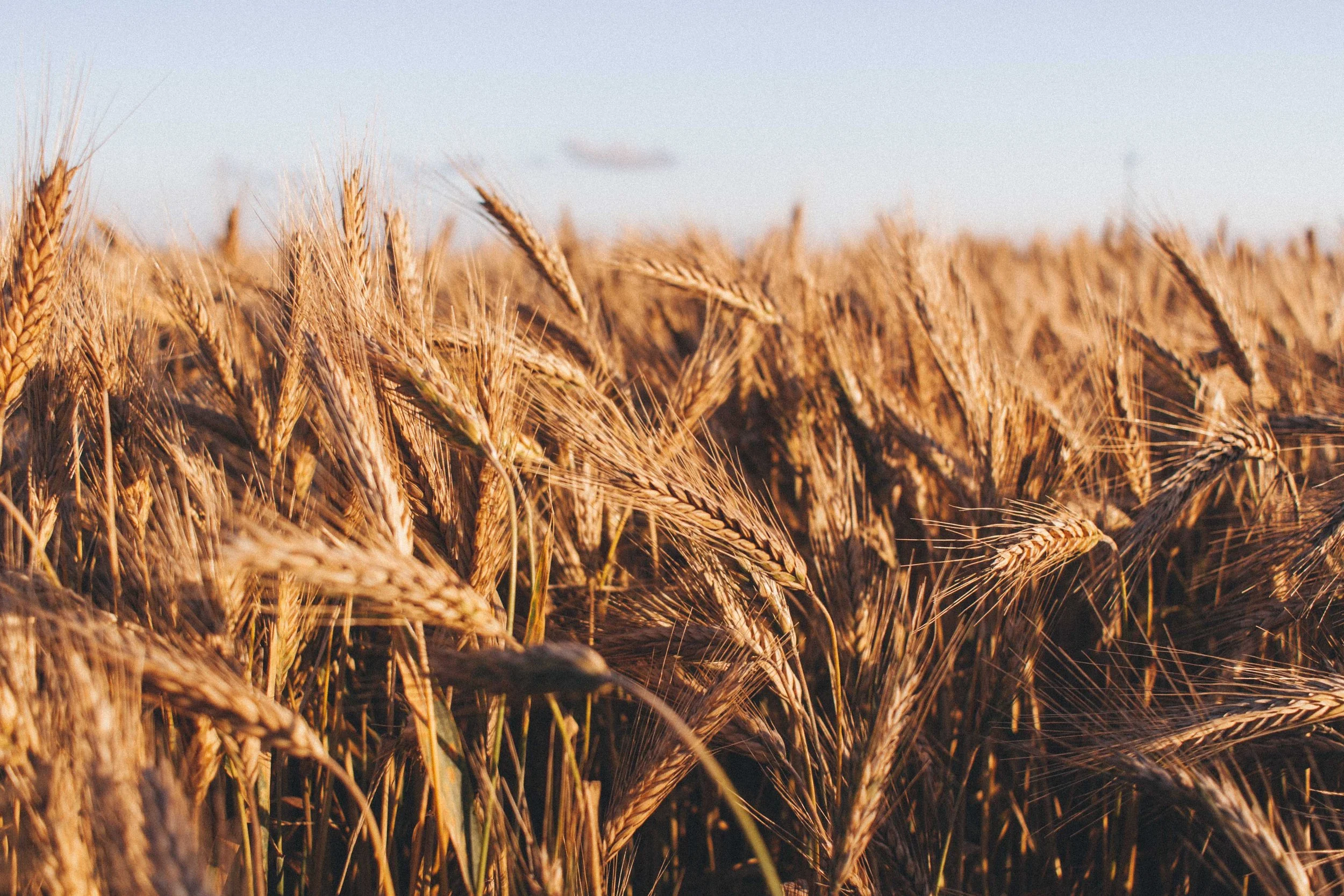Why is Tucson a UNESCO City of Gastronomy?
Here’s one important reason taken directly from the origins of Tucson, Arizona: a foundational food.
“...Tucson (in Pimeria Alta) was named as my future mission. This place is situated five leagues north of Mission San Xavier del Bac... It had been decided to found a new mission at Tucson to support and instruct those who were already Christians and to bring others who were not into the Christian belief. I went among them the day before Epiphany in 1757 with ten soldiers for my security. I gave them gifts of dried meat to win their good-will and in this way attracted about seventy families which were scattered in the brush and hills.”
There was no mythical turkey in the beginning, but rather the Spanish colonial frontier protein of choice, sun-dried beef jerky, carne seca. This preserved food was likely processed with a stone mortar and pestle into machaca, becoming the proverbial bread broken during one of the initial encounters of cultures between the Indigenous peoples of the Santa Cruz Valley and Europeans and ultimately leading to the genesis of the modern city of Tucson. This sharing of food, as documented by Middendorf, constituted the dawn of a permanent mission at Tucson along the Santa Cruz River near the base of A Mountain.
While his fellow black-robed priest, Padre Eusebio Francisco Kino, had already arrived in what is now Tucson during his explorations a half-century prior, it was not until Middendorf arrived in Tucson had its own missionary living there. It was during this time span between Kino and Middendorf when cattle and wheat were introduced into the area along with many other foodstuffs from Europe complimenting the pre-existing native foods of the desert. Needless to say, this culinary hybridization between ingredients of the Old and New Worlds, often out of necessity and food security, is what gave birth to our regional Sonoran cuisine and even identity today.
Food is one of the most important ways in which we celebrate Tucson's Hispanic heritage, and the world is noticing. It is no surprise that a city with thousands of years of agricultural history would be honored with a UNESCO Creative City of Gastronomy designation. That is because Tucson and the entire Santa Cruz valley of Arizona are where traditions live and are expressed in daily rituals, including meals, language, and dress. Naturally, it is a region woven together by a life-sustaining waterway, the Santa Cruz River.
Look no further than the roof of the iconic 100-year-old El Charro Cafe to see visible evidence of the perseverance of the Hispanic cultural traditions that make Tucson one-of-a-kind across the landscape of the United States. Peering close enough as you approach the restaurant, you can find a triangular steel contraption that is hanging in the air and exposed to solar radiation all day long. Inside this caged device is carne seca, thin slices of salted and seasoned beef drying in the sun. The same carne seca that was shared back in 1757 now graces the plates of locals and visitors alike at the world-famous restaurant. When the carne seca is processed with a mortar and pestle into fine shreds and often with fresh garlic cloves, it is also known as machaca, a common ingredient in burros or breakfast plates.
Carne seca is not only a delicious food rooted in the reality of life in the Sonoran Desert but a symbol communicating the individuality of Tucson in its sense of place and in its care for intergenerational folkways. There are many other symbols across the city that have a deeper story to tell and that is the role of public historians and organizations dedicated to heritage interpretation to tell those stories.
An example of this culinary quality of adoption and adaptation persisting today is the Sonoran hot dog. It is the ideal delicacy to showcase the natural receptiveness of transitory borderlands culture by adopting the food of your neighbors and adapting it to your tastes to make it delicious. For over three centuries, from the introduced beef of the carne seca of the Spanish to the introduced hot dog of the Americans, these cultural evolutions and traditions continue on to this day. La cocina sonorense and Sonoran culture embody inherent communal hospitality, a reflection of the sometimes scarcity in arid lands that announces to the world: you are welcome to break bread with us, people of the borderlands. ¡Buen Provecho!
Join us on our Tucson Origins Tour to uncover the depth of cultural heritage in this important Southwestern community. To sign up and learn more, click here.






